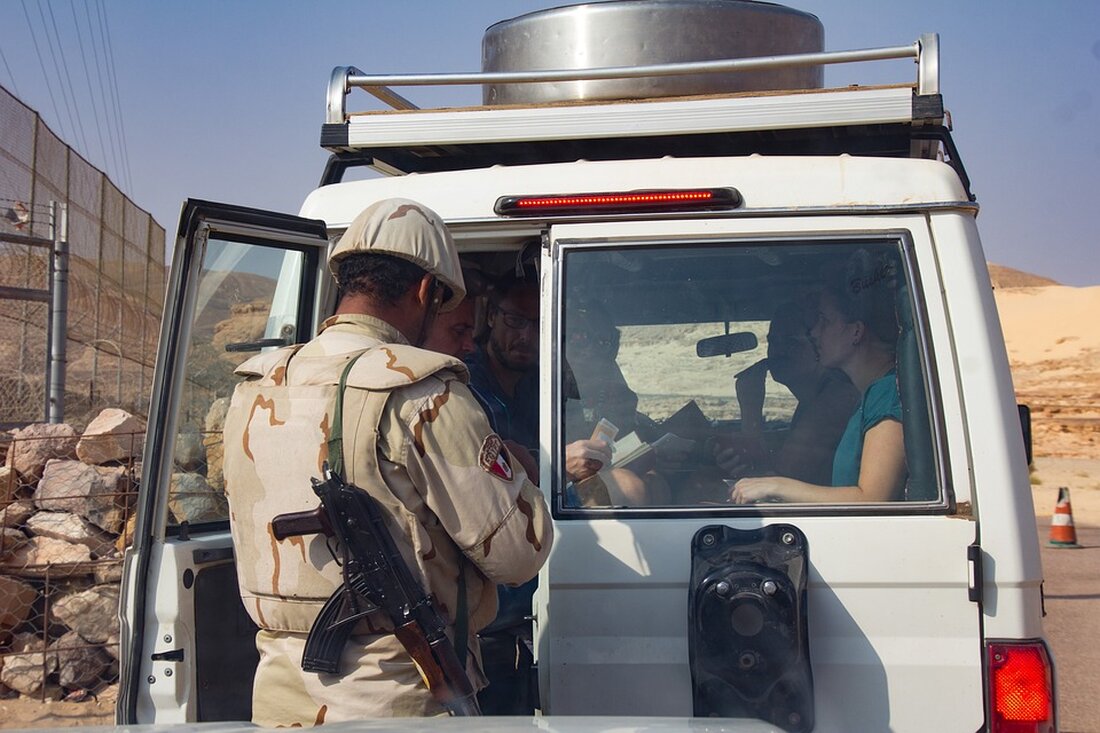Border controls to Denmark: This is how you are optimally prepared!
Find out everything you need to know about entering Denmark: documents, border controls and safety information for travelers.

Border controls to Denmark: This is how you are optimally prepared!
Travelers to Denmark should prepare well due to the current border controls. When entering and leaving the country, all travelers are required to show identification. EU citizens can use their identity card. There may be traffic jams before crossings, so it's a good idea to keep documents handy to speed up checks. There are no continuous controls when entering Germany, but controls have recently become more frequent than before. Emergency services are only available at the crossings for certain hours, while many vehicles are quickly waved through.
Since 2016, the Danish authorities have been carrying out round-the-clock checks at three major crossings: Ellund-Frøslev (A7), Kupfermühle-Kruså (B200) and Harrislee-Padborg in the Schleswig-Flensburg district. Occasional checks may take place at ten other crossings, while checks are also carried out on ferries. The rejection of asylum seekers remains legally controversial because, according to EU law, they must apply for asylum in the country in which they first entered the EU. “Vulnerable” groups, such as pregnant women and children, should not be rejected. Attention should also be paid to checks up to 30 kilometers behind the border, which can affect suspicious vehicles. Loud NDR Denmark has also been given a subordinate role in the context of illegal entries; By the end of June, only around 304 unauthorized entries from Denmark into Germany had been registered.
Travel recommendations and safety
The Federal Foreign Office recommends travelers to find out about the current travel regulations from the responsible authorities or embassies. When traveling to Denmark, you should also consider travel health insurance coverage. The current threat situation in Copenhagen plays an important role for the safety of travelers, as it has been classified as “significant” due to the burning of the Koran. Travelers should pay particular attention to their safety in busy places and in the event of unusual events. Petty crime, particularly pickpocketing, is an issue in larger cities such as Copenhagen that requires additional attention during the summer months.
The Foreign Office warns also urges against violent clashes in districts such as Christiania and Nørrebro and recommends caution, especially when taking photos in Christiania. When traveling to Greenland, it is also not advisable to travel independently outside of larger cities as the emergency infrastructure there is limited.
Entry and customs regulations
Entry requirements for Denmark require a valid passport, temporary passport or children's passport. For Denmark, the old krone banknotes have been invalid since the end of May. Visiting a restaurant or using public transport therefore requires the Danish Krone (DKK). Cash payment for public transport and parking machines is not accepted. Furthermore, medical care is mostly good in Denmark, but limited in Greenland. It is recommended to be well informed about many aspects, including vaccinations against TBE and hepatitis B, which are not mandatory but are still recommended.
In summary, it is important that travelers to Denmark prepare well in order to comply with both the basic requirements for entry and the necessary safety precautions.

 Suche
Suche
 Mein Konto
Mein Konto